Published on
This artist spent two weeks on a tall ship in the frigid Arctic researching extreme climates and life cycles
Julia Hechtman, a teaching professor and associate chair of art and design at Northeastern, cruised the Arctic Ocean on a specially outfitted tall ship as part of The Arctic Circle, a residency for artists, scientists, architects and educators to engage in fieldwork and research.
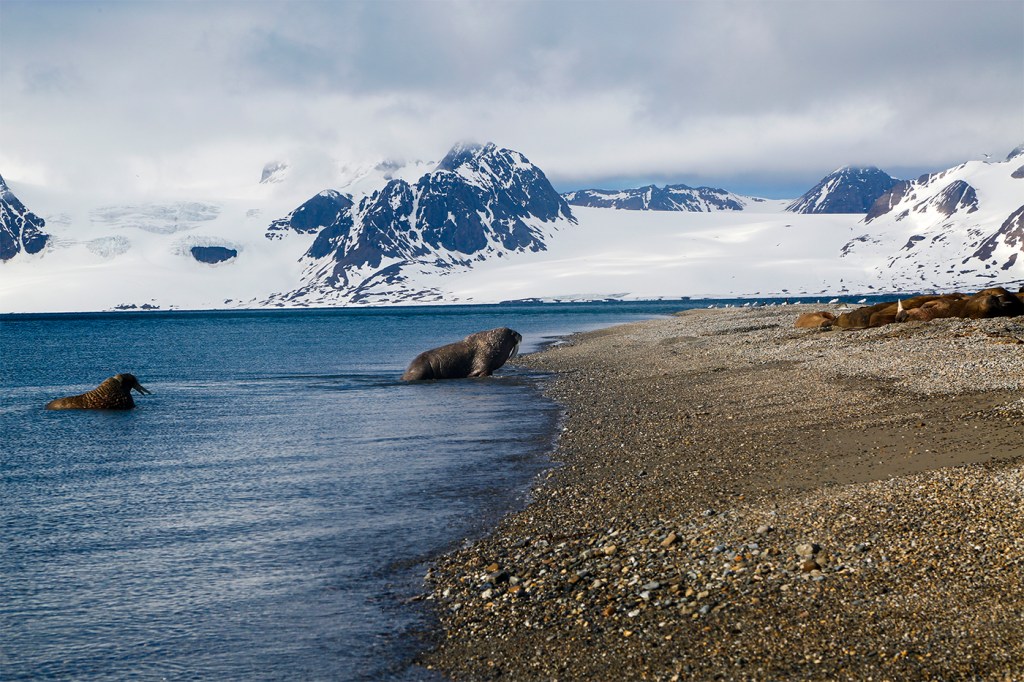
As a visual artist, Julia Hechtman is drawn to extremes — the heat of the desert, for example, or the frigid quiet of the Arctic. So a two-week residency living on a ship traveling the Arctic was Hechtman’s dream.
Over the course of these two weeks, Hechtman, a teaching professor and associate chair of art and design at Northeastern, cruised the Arctic Ocean on a specially outfitted tall ship accompanied by 29 other artists as part of The Arctic Circle, a residency for artists, scientists, architects and educators to engage in fieldwork and research.
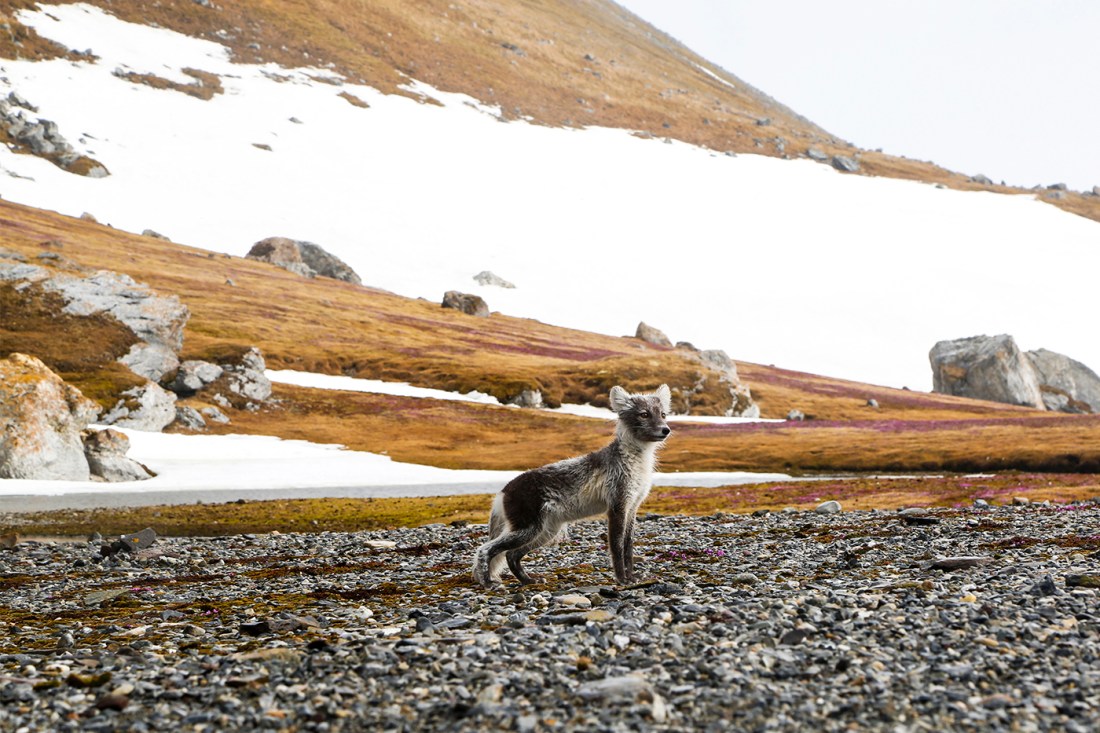
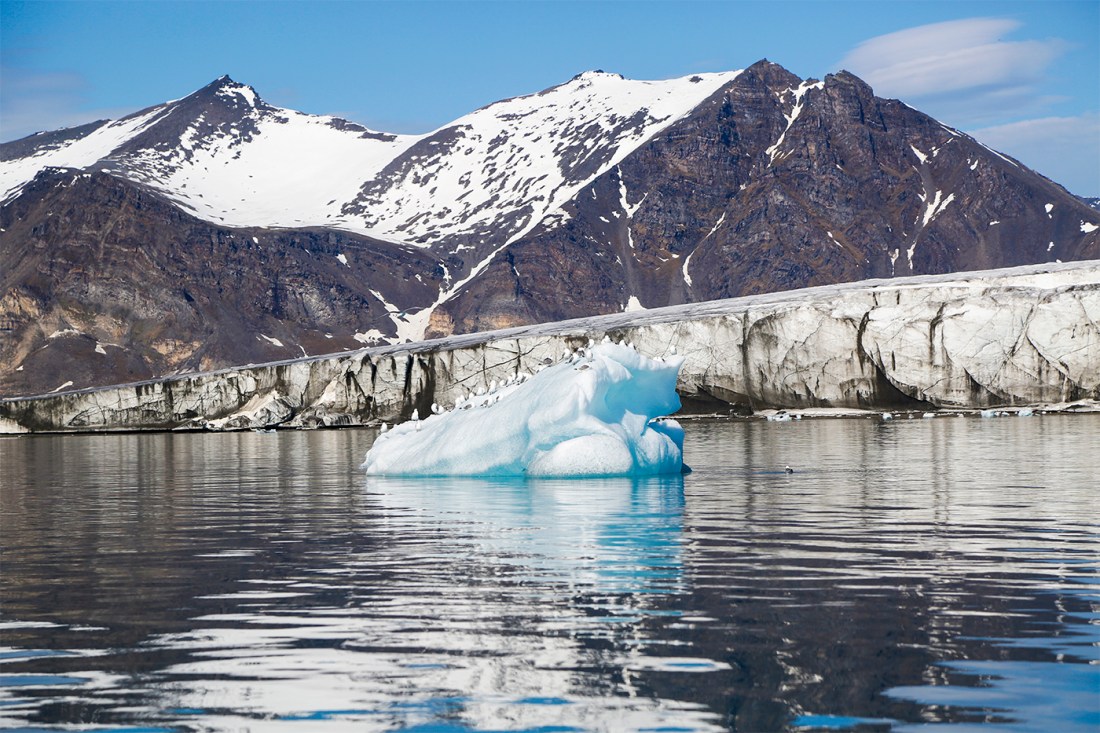
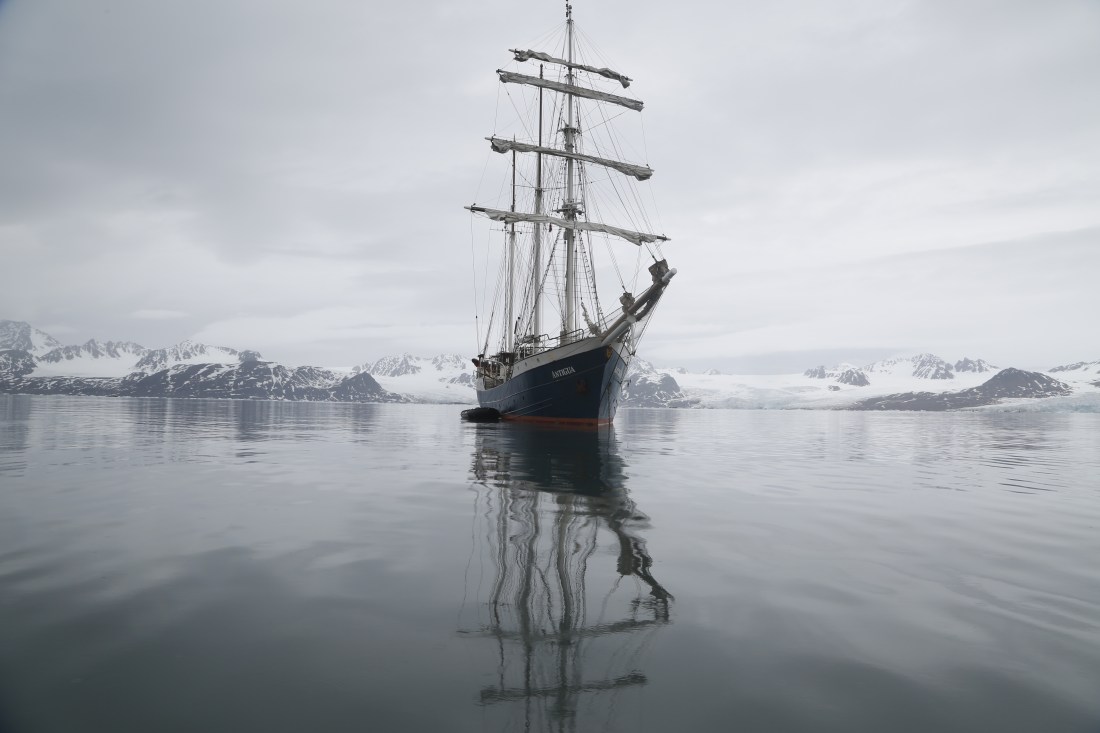
The residency takes participants to Svalbard, a Norwegian archipelago that is the northernmost occupied point on Earth. Traveling by an expedition vessel allows the residents to more easily navigate the islands, which are full of jagged mountains, glaciers and the occasional Arctic native like walruses, Hechtman said.
Once or twice a day, the ship would stop, allowing artists to do their work among the glaciers and surrounding waters while armed guards kept watch to keep them safe from roaming polar bears.
The residency took participants to Svalbard, a Norwegian archipelago that is the northernmost occupied point on Earth.
“I have some Arctic experiences, but there was something radically different about this experience for me,” Hechtman said. “It’s never been lost on me that nature is incredibly important to me, but … I think it just put a point on it in a way that is shifting my perspective a little bit.”
Hechtman has spent ample time in icy climates. She frequently travels to Iceland — she ran a Dialogue of Civilization there and went in 2019 as part of a Fulbright Scholarship — so the idea of going further into the Arctic to continue her work appealed to her.
“These kinds of extreme climates are really interesting to me,” Hechtman said. “I really love the desert, too. They’re really similar in terms of the way that the space is laid out. It’s a lot of openness. You can see a great distance, so there are these sweeping vistas, but really, like the devil is in the details. And I love seeking out the small scale and overlooked in those environments and really looking at them closely.”

Over the residency, Hechtman worked on two different projects. One was a continuation of a previous series focused on dead birds; Hechtman spent her time in the Arctic making cyanotype prints to create a series of “ghost birds.”
“Something about those kinds of extreme places is that death has kind of a big presence there,” said Hechtman, who is also a death doula. “The idea of looking closely at death (and) thinking about death as part of the life cycle is something that I’m actually really engaged with. … A dead bird will wash up on the shore in these remote locations and nothing happens to it. There’s nobody cleaning up the mess. There are no land mammals that eat those things, and so they just decompose over time. You can really look at something after it’s dead, because it just remains there. I’m engaged by that.”
She also worked on video projects that explored people’s relationships to their landscapes and “how we as humans think we’re the most important thing.”
“The landscapes are actually far more interesting than we are,” Hechtman added. “But if there’s a human in the frame of a photograph or of a video, you look at the human because that’s what our brains are trained to do.”
When not out creating art, Hechtman and the other residents were on the tall ship, finding their sea legs. Hechtman said she personally found it soothing when the ship hit swells while traveling around the Arctic.
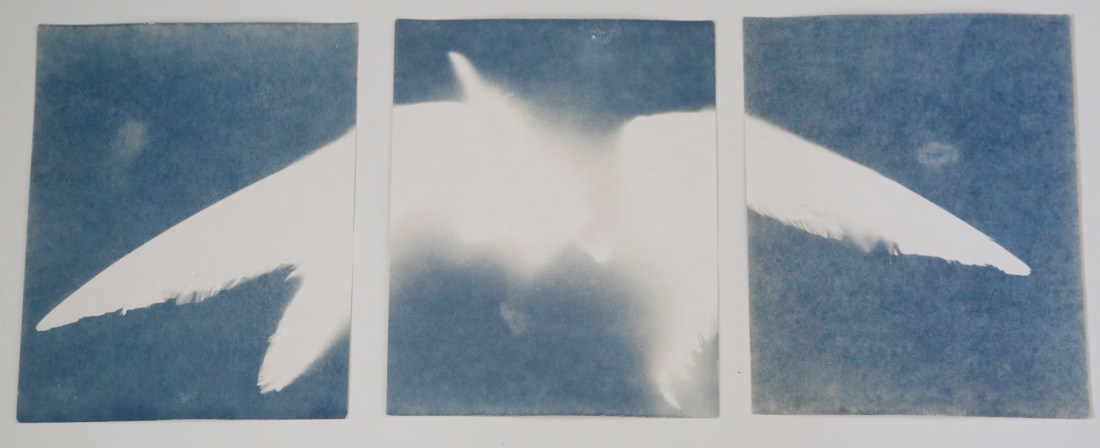
In addition to the artists, there were eight crew members and four guides on the ship. They shared rooms and bathrooms that had running desalinated water. There was also a chef who made meals daily.
While the experience could’ve been claustrophobic, Hechtman said that the daily excursions kept her from feeling too confined.
“We were just with each other in this incredible space doing this amazing thing without those distractions of home or news or anything else,” Hechtman said. “It really created this insular, isolated, encapsulated kind of experience, which I think for everyone is just taking a while to digest.”
Hechtman is planning to potentially display her work from the residency in an upcoming exhibition in Chicago.
“Hopefully, there will be more things that come out of the experience,” she said. “The idea of being in the high Arctic and having this experience and the kind of precarity Svalbard is in environmentally is not lost on me.”
Erin Kayata is a Northeastern Global News reporter. Email her at e.kayata@northeastern.edu. Follow her on X/Twitter @erin_kayata.





